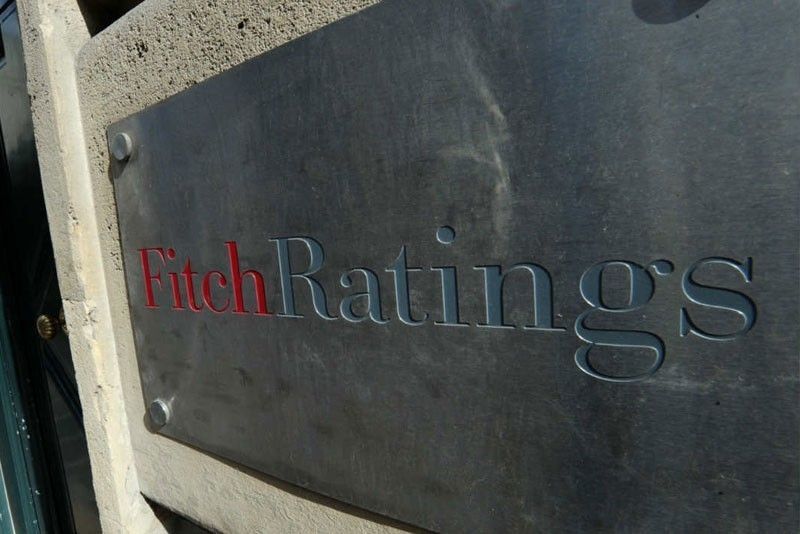2020 gov't infrastructure spending seen higher than originally thought

MANILA, Philippines — Government infrastructure spending this year would be reduced, but not as much as originally thought, putting the economy on a stronger footing ahead of an expected recovery next year crucial for the country’s credit rating.
According to their latest assumptions dated May 27, the economic managers see the Duterte administration disbursing P775.1 billion for capital outlays, 26.2% down from last year’s P1.05 trillion.
The projected amount for 2020 however was a little bigger than the P725.1 billion programmed last May 12. As a proportion of economic output, capital outlays would account for 4% of gross domestic product (GDP), up from the original forecast of 3.8%, but still down from 5.4% achieved last year.
The larger amount set aside for infrastructure accounts for the wider deficit seen this year, which at least one credit rating agency said is acceptable given the current pandemic. From the previously revised deficit cap of 8.1% of GDP, the budget gap is now seen to hit 8.4% of GDP this year.
“It’s only marginally higher than what the government has announced recently in terms of the revision. At this point, just the number that the government has announced does not change our view on the rating or the outlook…,” said Sagarika Chandra, associate director for sovereign ratings at Fitch Ratings said on Monday.
“We’re already factoring in a slightly higher deficit into our assessment,” she said in a webinar.
At the height of state-initiated lockdowns last May 8, Fitch reversed course and pulled back its outlook for the Philippines’ BBB rating back to “stable” from “positive,” which would have meant an upgrade was likely over the next two years.
A “stable” forecast meant no rating movements are likely over the same period. Credit ratings measure an entity's ability to pay its debts, with the "A" rating being the highest. For the Philippines, a higher rating can help the government borrow money from foreign investors at lower interest rates.
Apart from a “gradual reduction” in budget deficit and debt levels however, Chandra said a rebound on economic growth would be determine the movement of the government’s creditworthiness going forward.
As something the Duterte administration has refused to dramatically cut down, Infrastructure spending is seen to figure on a GDP growth recovery of up to 9% next year. “But ultimately it will really depend on how fast the economy recovers from this pandemic,” Chandra said.
Apart from larger spending on infrastructure, the economic managers earlier unveiled a bigger 2021 budget than what was projected last May 12. From P4.1 trillion, which was nearly unchanged for this year, next year’s outlay is pegged at P4.34 trillion, accounting for higher infrastructure spending of main infrastructure agencies, the public works and transportation departments.
The deficit, as a percentage of GDP, is programmed to go down from 8.4% in 2020, 6.6% in 2021 and 5% in 2022.
“For the moment, our stable outlook does factor in a kind of reduction in deficit and debt levels from next year onwards and the current widening of deficit for this year doesn’t materially change our view on the rating or the outlook,” Chandra said.
- Latest
- Trending





























